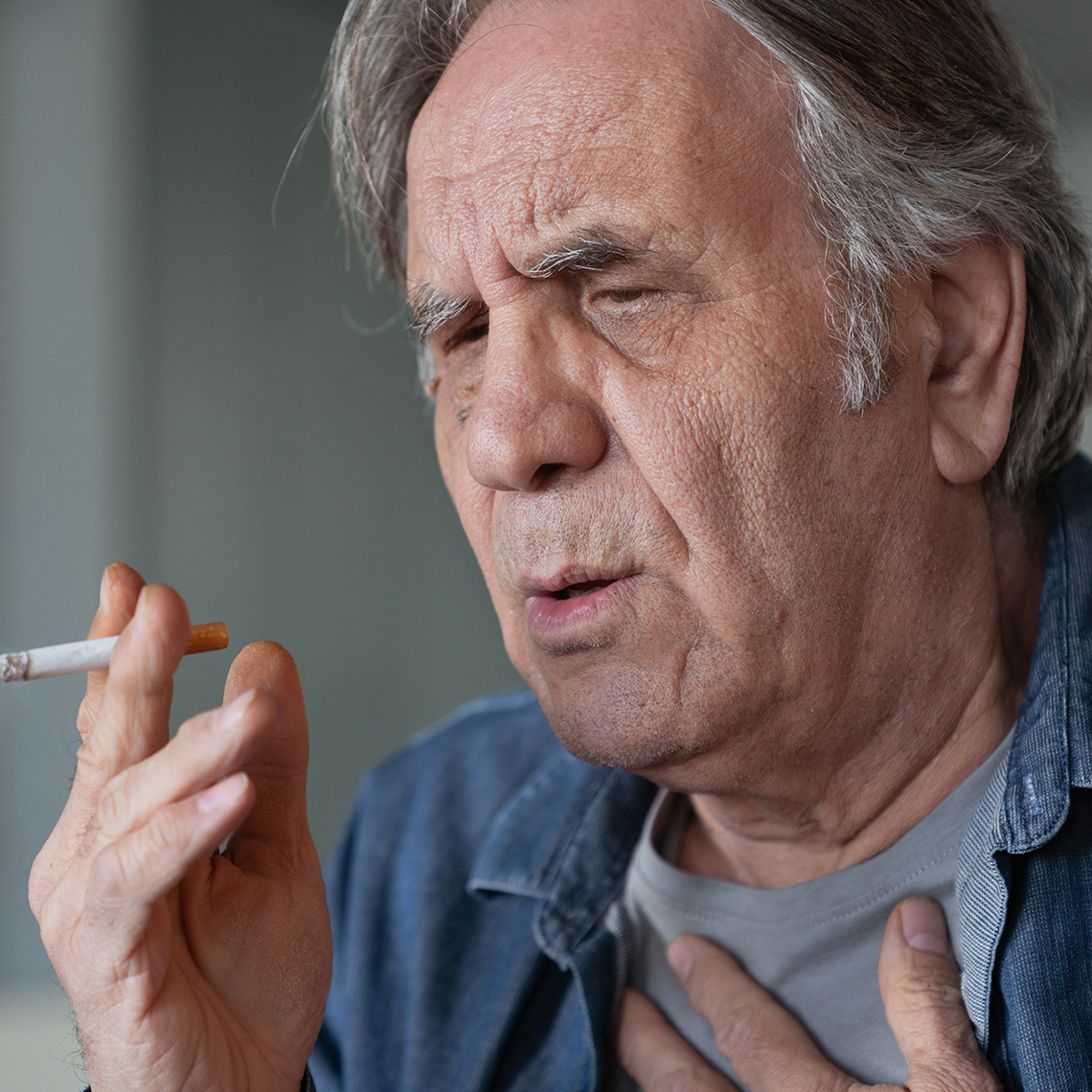Podcast
Burnout Stalks Clinicians, Relief Explored
Dec 20, 2013
Duration: 9:03
With widespread job burnout among clinicians, new studies look at ways to reduce the prevalence and the harm. In this audio podcast, CRICO interviews researchers and doctors who have left medicine, to share their insights and ideas.
This podcast is an episode of Patient Safety Updates. You can find other episodes and subscribe using the links to the left.
Commentators:
- Bill Berry, MD, MPA, MPH, FACS
- Luke Fortney, MD
- Diane Shannon, MD, MPH
Transcript
With the potential for more than 30 million newly insured Americans on the horizon, the impact on primary care clinicians is expected to be big: think schedules, quality measurements, mandates, compensation formulas—increased pressure in all areas of practice. The need for self-care and coping strategies has never been greater for clinicians. Yet physicians have been notoriously poor at self-care. Research on professional burnout is being complemented by new studies on techniques for prevention and treatment. Dr. Luke Fortney of the University of Wisconsin was lead author for a study of mindfulness mental training that was published in late 2013 in the Annals of Family Medicine. It shows a promising treatment for a common problem for physicians.
“Burnout rates are actually pretty high. Numbers suggest as high as 60% of all practicing primary care physicians will have experienced burnout at some point in their career, with anywhere from about 30-40% of docs currently experiencing symptoms of burnout.”
A definition of burnout that Dr. Fortney and colleagues used in their study is the following: a health problem characterized by significant loss of mental, physical, and emotional energy due to continued job-related stress.
“There seems to be mounting evidence and considerable research that’s starting to show that burned out docs are not good for anybody. They are not good for the organization who is paying them. They are not good for their patients. They are not good at home. They are not good for their clinic staff because burned out docs appear to provide suboptimal patient care. They make more medical errors.”
[new voice]
“I knew it was time to start thinking about doing something else probably two years before I actually left clinical practice…”
Dr. Bill Berry was a thoracic surgeon in California for more than 20 years before leaving clinical practice to pursue public health.
“…when I would wake up in the morning and sit on the side of the bed and say to my wife I really don’t want to go to work today. I don’t think that I ever felt while I was in clinical practice, even when this started to happen to me toward the end of my practice, that I was ever in a position where a patient was going to suffer from the way I was right then. What I was fearful of was what I was headed for.”
Dr. Berry wonders if he would have had to leave as early as he did if the medical profession had methods and training for self-care and peer support. Programs throughout a clinical career, to help cope with severe suffering, death, and high professional stakes. Today Dr. Berry works on reducing medical error, helping to develop the surgical checklist program for the World Health Organization, and leading innovations in surgical safety at the Harvard School of Public Health. A similar path was taken by Dr. Diane Shannon, a former primary care physician in New England. Dr. Shannon left clinical practice to work in public health, and now she writes and publishes about patient safety. She found herself drained and discouraged by the health care system around her.
“My experience during training and during practice was that the system was not set up to really enhance and allow that care experience to be optimal from my perspective or from the patient’s.. …And from the patient’s perspective, I felt there wasn’t a support for that interaction to be all it could be, and I felt I couldn't’t practice the way I wanted to practice.”
While Dr. Shannon sees much improvement, particularly around patient safety and shared decision-making, she still sees room for more effort to restore clinician satisfaction. She believes health reform measures like quality-based reimbursement can actually alleviate some of the stress created elsewhere.
“I think things are better in 2013 than they were when I practiced. Even if you look strictly at the experience of trainees, I think that’s improved. I also believe that we have come a long way in looking at what is important and we have shifted the conversation and we are now really looking at what matters to patients. Because we’re all human, all of us are patients at one time or another. So we have a vested interest in looking at that, but also we as providers were drawn to this profession because we are capable and want to be there to support people who are in vulnerable situations and are suffering. I think we feel a sense of fulfillment when we can optimally do our job.”
Dr. Shannon says institutions can do more, but she also places some responsibility on physicians themselves.
“I can speak for myself and I know that during training, it was so easy to just focus on work and to neglect the other parts of my life. Now that’s one thing to do that for the three years of residency, but that’s not something that’s sustainable. And I think physicians have a responsibility to their patients to be able to show up as well rested and as healthy as possible and that means finding balance between their personal life, their health goals, their exercise, their stress reducing activities, and that’s not something that may come as easily to physicians who are comfortable with a hectic schedule. So that’s something that may take their personal commitment.”
Doctors were pretty much lined up to do just that for Dr. Fortney’s mindfulness study at University of Wisconsin. Subjects were not told it was a burnout study per se; rather, they were recruited to join a stress reduction class designed for physicians through a long-established mindfulness program at the University. Dr. Fortney’s team used validated measurement tools to get baseline data for more than 30 study subjects. The goal was to see if an abbreviated version of the well-established course, tailored to a physician’s work life, would be effective.
“And there’s certain guided practices. There’s yoga, breath awareness, present moment awareness, listening, mindful speaking, and different things like that. Mindfulness meditation practices that people are led through. So we took that 30-plus hour, eight-week course, and with the work and input of our UW mindfulness program, condensed that down to about 18 hours. So we didn’t quite cut it in half but got pretty close. And what we tried to do is create an intervention that was really friendly to a full-time busy primary care doc.”
Scores on most of the burnout measures improved, and the gains lasted over time. The clinicians were taught to continue the practices in real time during their patient sessions.
“So mindfulness is incredibly simple. It can seem really challenging to actually practice. Probably the most widely recognized definition of mindfulness that you’ll see is that mindfulness means paying attention on purpose in the present moment and without any judgment, and I always like to add that it’s a natural skill. It’s an inherent human capacity just like our ability for reason, and we can hone this and we can train this. In short, I think probably what best summarizes mindfulness is being a fluid, nonreactive framework of perception that really helps us respond more thoroughly to what’s arising in the moment, moment by moment, and to more thoughtfully respond to life’s various stressors.”
It’s just one of a variety of tools that may be needed to maintain quality clinicians in an increasingly complex system. Physician turnover and attrition have a high human and financial cost. Identifying and working to reduce burnout can help lower the personal toll on physicians and their patients.
About the series
Even in the safest healthcare setting, things can go wrong. For more than 40 years, CRICO has analyzed MPL cases from the Harvard medical community. Join our experts as they unpack what occurred and the lessons learned for safer patient care from the causes of these errors.
Episodes
Incidental Lung Nodule Overlooked, No Follow-up, Fatal Cancer Advances

Overdose or Poor Documentation?

Response to Charges of Discrimination can Help or Hurt a Hospital, Any Employer


